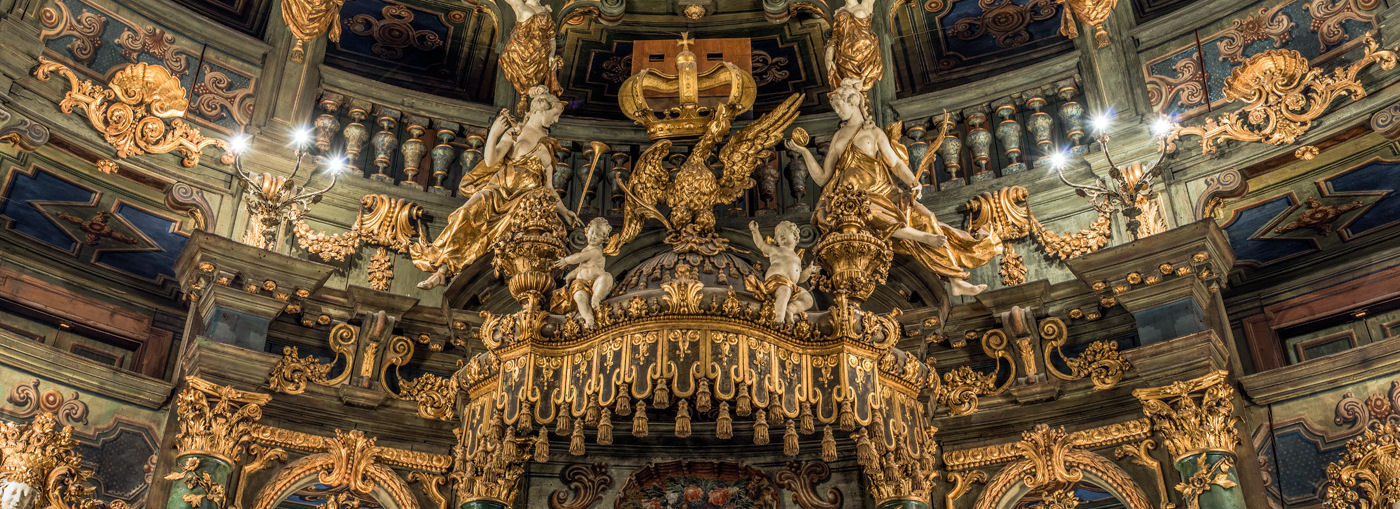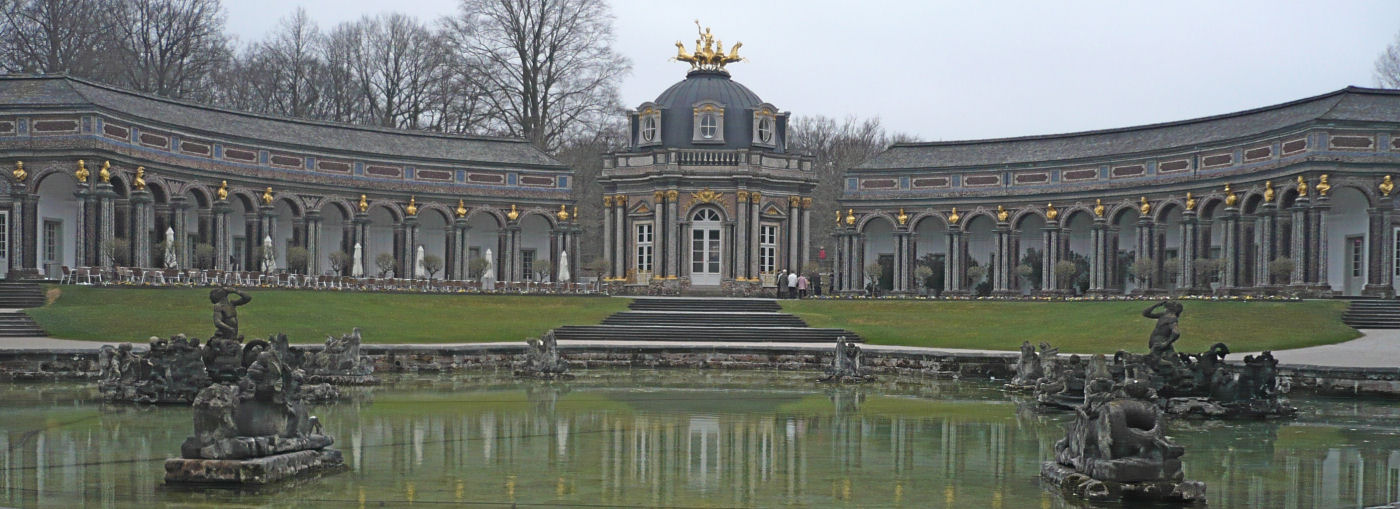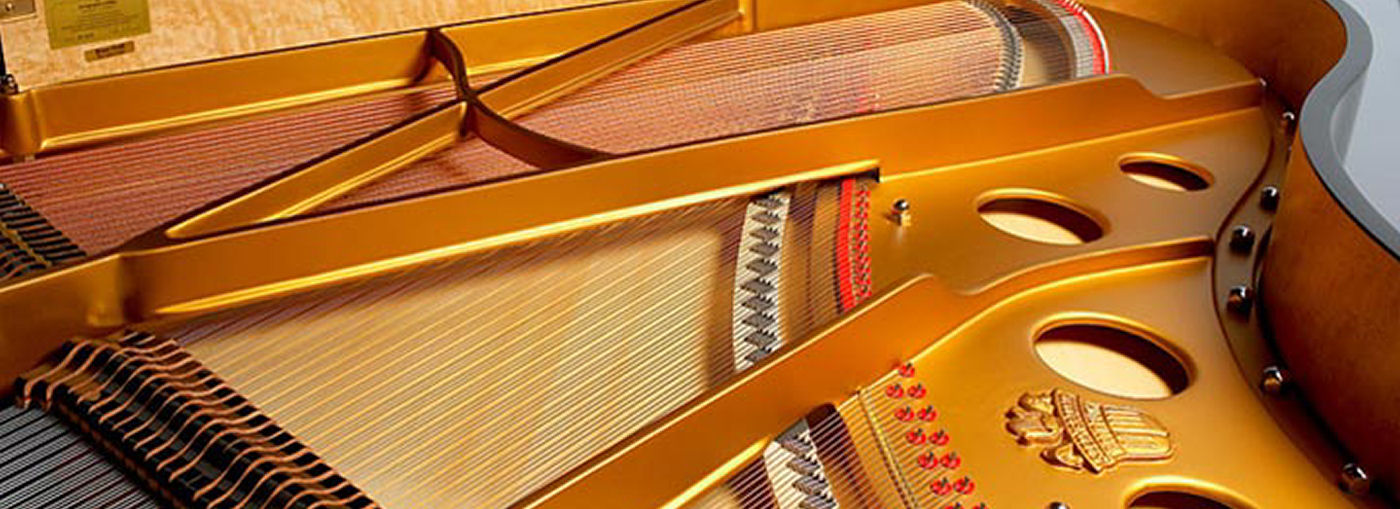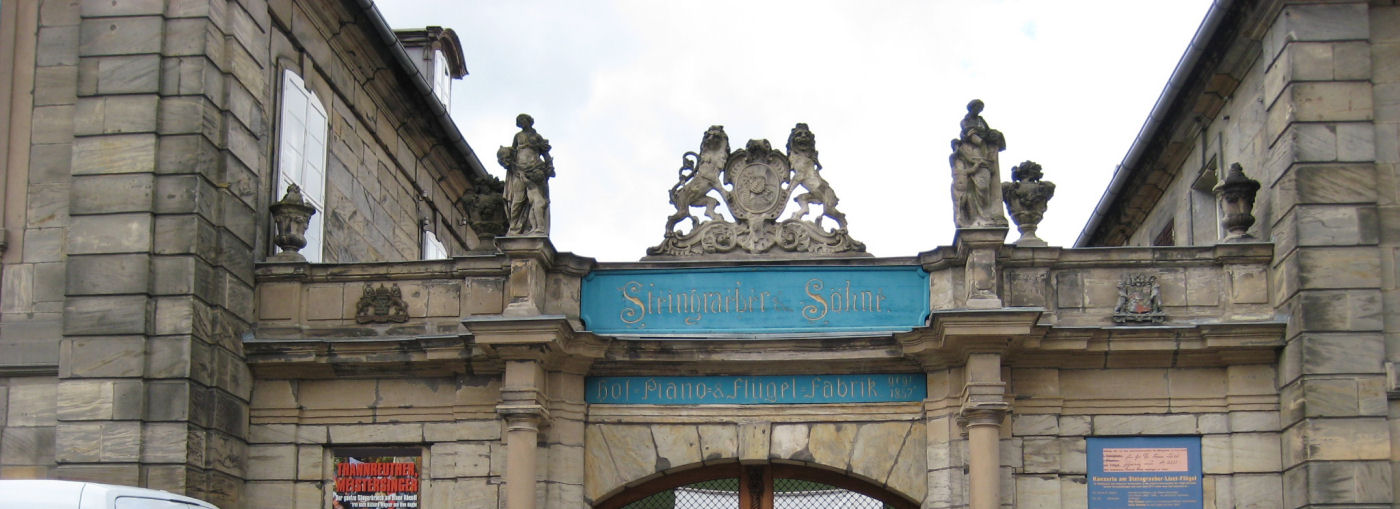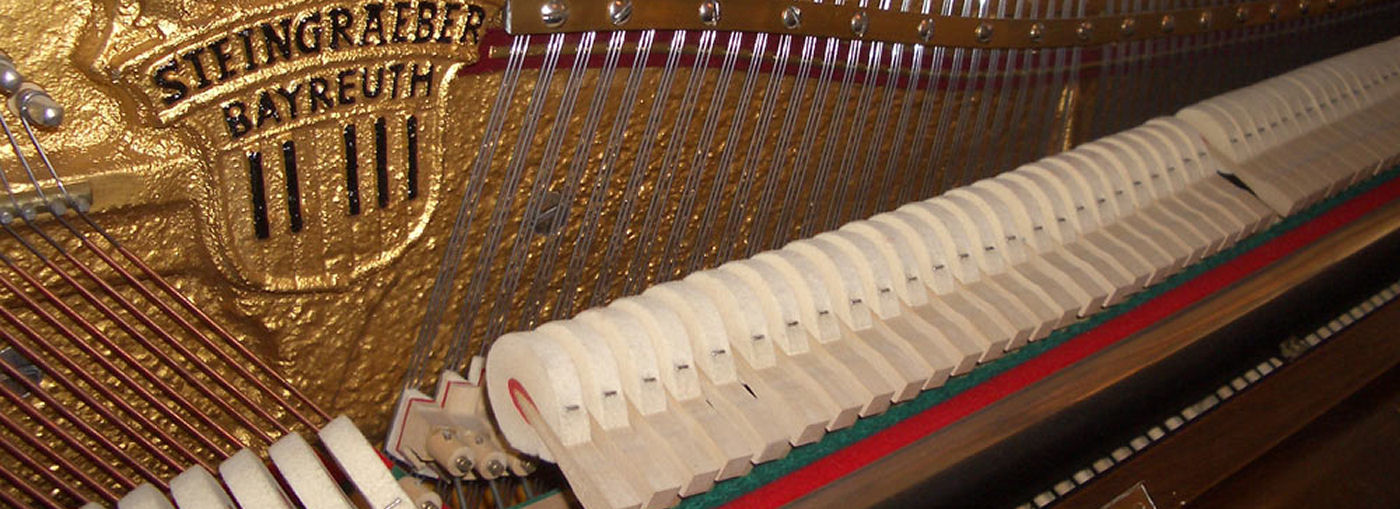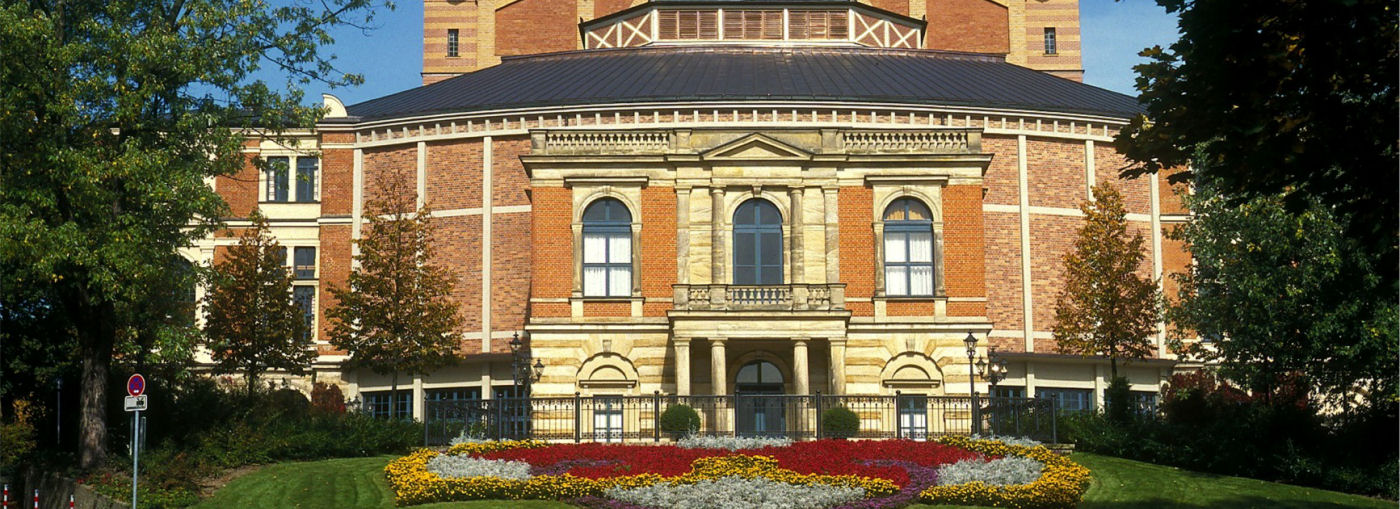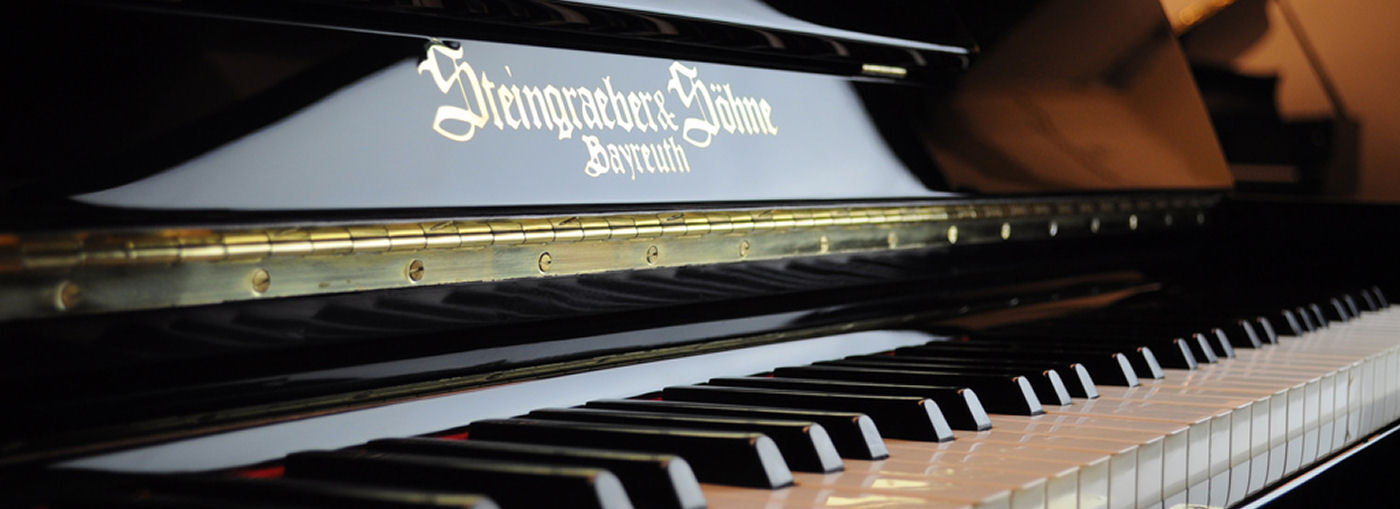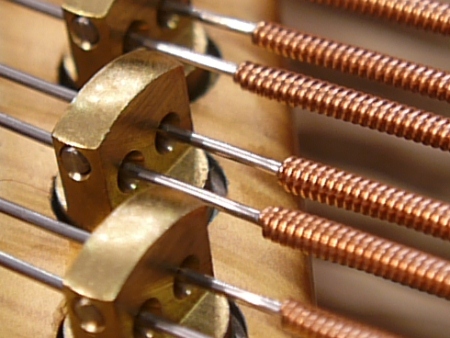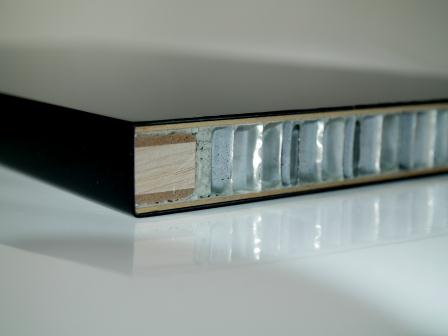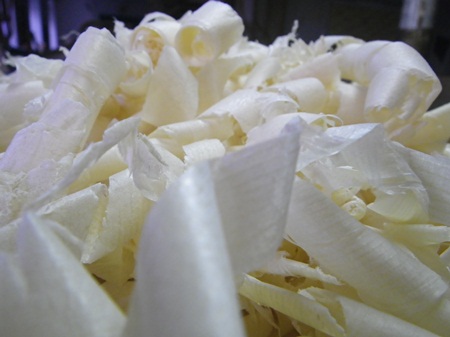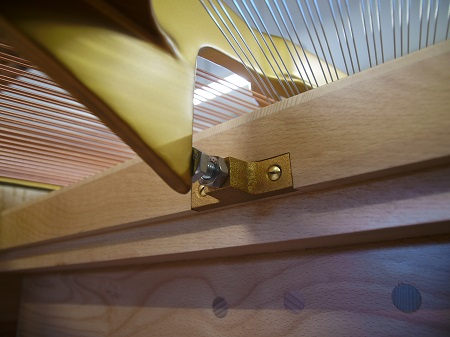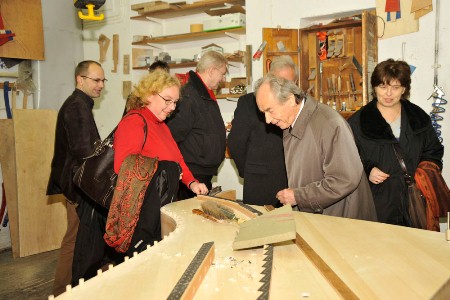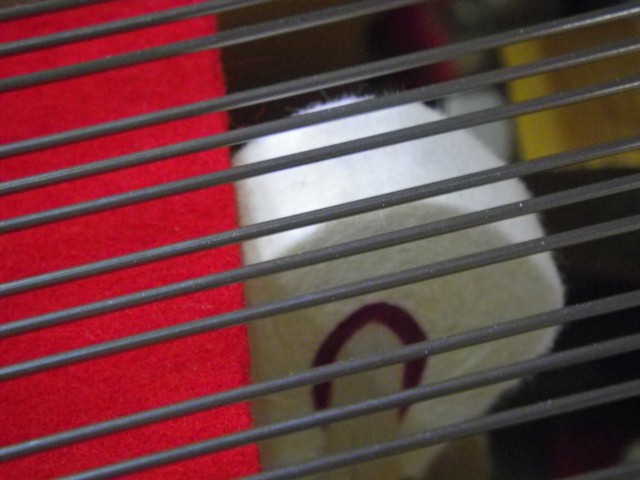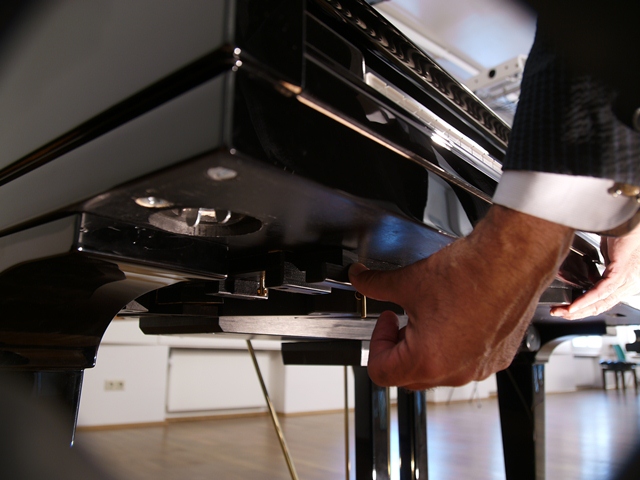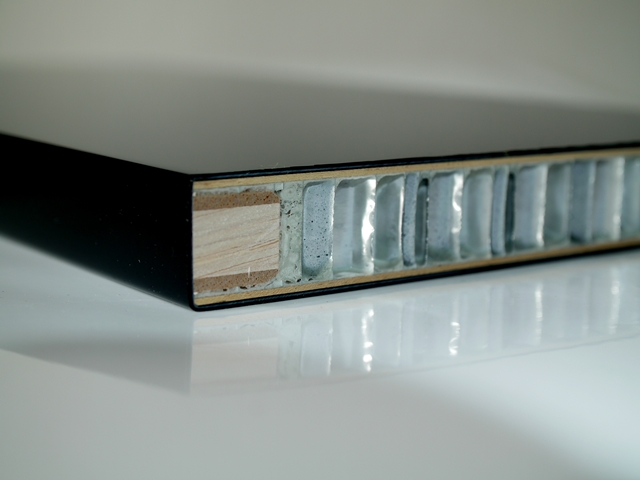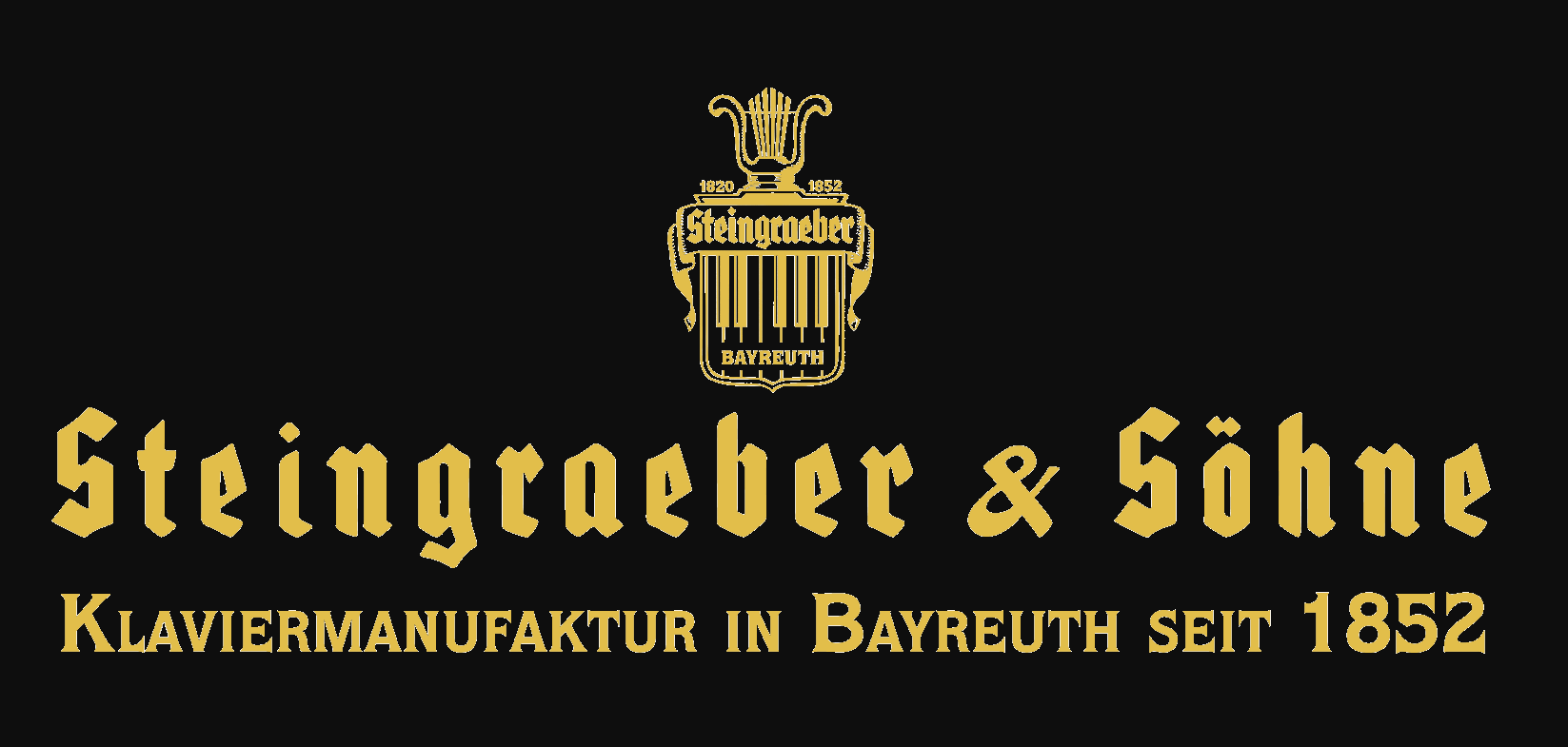
LCG is your representative in Manila, Philippines.
We are the only place in town where you can get first-hand consulting on this piano
and try out for yourself its singular sound.
CONTENTS
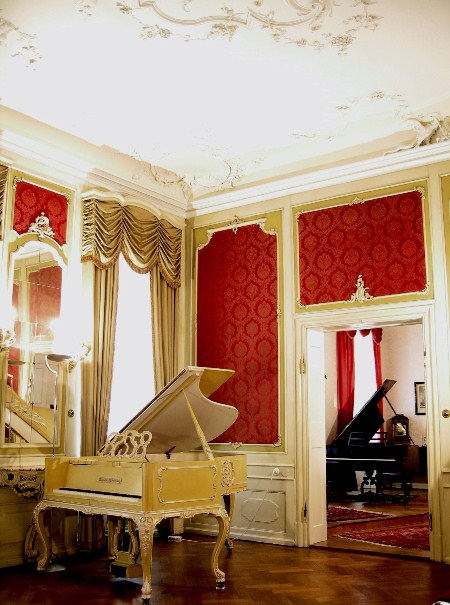
HISTORIC DEVELOPMENT
The first piano manufacturer to open his shop was Ignaz Bösendorfer in Vienna in the year 1823. In 1852 Eduard Steingraeber
presented his first piano in Bayreuth combining „Viennese“ and „English“ mechanical systems. In the following year Bechstein and Blüthner followed.
Then Heinrich Engelhard Steinweg, who had emigrated three years earlier from Germany to New York formed his own piano company translating
his German name to “Henry E. Steinway”. He had the added advantage of being a particularly talented marketing genius making his piano known
throughout the United States by the end of the 19th century.
Until the Second World War all four manufacturers offered formidable instruments, however the destruction of German and Austrian production facilities
changed the world. In 2010 Bösendorfer was finally purchased by Yamaha making the influence of long-proven Austrian piano development expertise redundant.
This way Steinway was able to seize an unusually large market share of grand pianos in the world market with Yamaha and Kawai trailing in quality ranking. With the traditional German manufacturers slowly coming back to life by the end of the twentieth century momentum of new orders for Steinway pianos started to recede in momentum.
STEINGRAEBER & SöHNE BAYREUTH, GERMANY
This has always been a particularly interesting instrument. By 1880 it had become the most important Bavarian built piano that was regularly winning prizes ever since 1867 standing out through unusual richness of sound. Richard Wager wrote “your piano vastly surpasses all other instruments of its kind”. Franz Liszt was known to literally destroy his instruments until he got a Bösendorfer. Finally he however selected a Steingraeber for presenting his compositions to the public. Richard Strauss, Wilhelm Kempff, Giuseppe Sinopoli, James Levine, Daniel Barenboim, Alfred Brendel, Cyprien Katsaris and Hartmut Höll are just a few artists who have given their distinct preference to this brand.
Doubtless it is the Steingraeber that comes closest to being able to transport the colors of symphonic compositions from the piano to the audience.
The company is only one of five where all components are still assembled by hand distinctly raising quality. More than 6.000 parts call for thousands of inspections.
Steingraeber even sorts the hammer shanks according to their individual frequency. Almost 50.000 piano have been delivered so far, some of them even to remote countries. The service includes a comprehensive 5-year warranty maintained
by Steingraeber technicians. Also the customer’s own technicians are welcome for schooling in Bayreuth.
To experience Steingraeber's voluptuous registers here is the Tarantella from
Sergei Rachmaninow's Suite No. 2 in C Minor for Two Pianos, Op. 17 (1901).

 Rachmaninow: Suite #2 op.17
Rachmaninow: Suite #2 op.17




